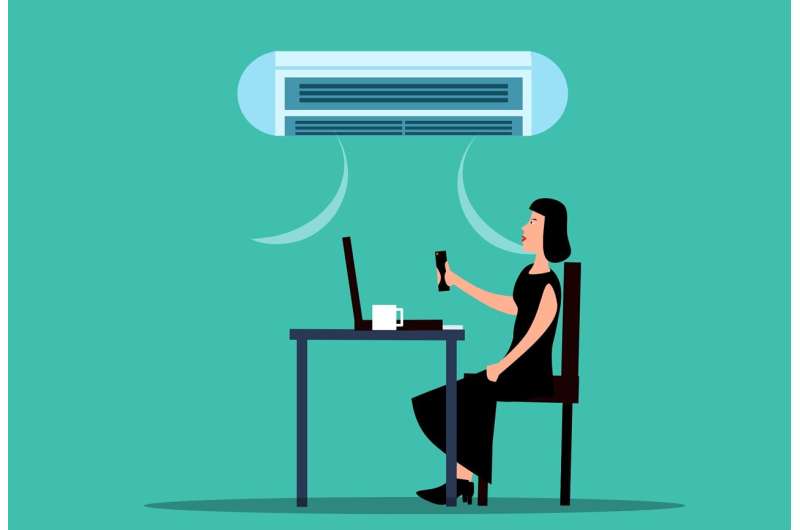Uncertainty Surrounds the Safety and Effectiveness of Popular Air Cleaning Devices

Most portable air cleaning devices are rarely tested on people, leaving uncertainties about their effectiveness and potential health harms. A recent review emphasizes the need for thorough real-world testing to ensure safety and efficacy.
Portable air cleaning devices are increasingly used to combat indoor spread of respiratory infections, including viruses like COVID-19 and influenza. These devices, which include HEPA filters, ultraviolet light systems, and specialized ventilation, are designed to purify indoor air and reduce the risk of infection. However, a comprehensive review published in the journal Annals of Internal Medicine highlights a significant gap in our understanding: most of these devices have not been thoroughly tested on people, and very little is known about their potential health harms.
In an analysis of nearly 700 studies spanning from the 1920s to 2023, researchers found that only around 8% evaluated the effectiveness of air cleaning technologies directly on individuals. The vast majority of studies tested these devices in empty rooms or on animals, using air samples to measure reductions in particles or microbes, but without assessing real-world health outcomes. For instance, technologies like photocatalytic oxidation and plasma-based sterilization were examined, yet none of these studies involved human participants.
The importance of this issue became clear during the COVID-19 pandemic, which demonstrated how airborne infections can cause widespread health crises, overwhelm healthcare systems, and lead to significant loss of life. Efforts to improve indoor air quality aim to mitigate these risks, but without robust evidence demonstrating the safety and real-world efficacy of the devices, consumer and institutional reliance on certain products remains questionable.
Additionally, some air purifying technologies produce harmful chemicals such as ozone, formaldehyde, and hydroxyl radicals. These substances can pose health risks if inhaled, yet only a small fraction of studies have evaluated potential toxic byproducts. This creates a problem: while companies promote air cleaners for infection control, the lack of safety testing raises concerns about unintended health consequences.
Furthermore, standardization in testing and monitoring effectiveness and safety is absent. It is crucial to evaluate these devices in settings involving actual human exposure and to assess the formation of harmful byproducts. Only through rigorous, real-world investigations can we better determine which technologies genuinely protect health without causing harm.
In summary, although air cleaning devices hold promise for reducing indoor transmission of respiratory infections, their widespread use must be guided by evidence. Current research indicates that most products lack comprehensive testing on humans and safety assessment, underscoring the need for more thorough evaluation before they become universal solutions.
Source: https://medicalxpress.com/news/2025-08-air-devices-people-potential.html
Stay Updated with Mia's Feed
Get the latest health & wellness insights delivered straight to your inbox.
Related Articles
Combined Exposure to BPA and Retinoic Acid Can Impair Brain Development by Altering Gene Expression
Research reveals that combined exposure to bisphenol A (BPA) and retinoic acid (RA) can interfere with early brain and facial development by overstimulating gene expression, posing risks to fetal neurodevelopment.
Expert Warnings Highlight Risks of the Popular IV Hydration Trend
Concerns are rising over the safety of the growing IV hydration industry, which lacks regulation and scientific support, risking patient health with unproven treatments.
New Insights into Hypothalamic Neurons and Predator Threat Detection
New research reveals how distinct neuron populations in the hypothalamus encode safety, fear, and the proximity of predators, offering insights into threat responses and potential implications for mental health.
New Insights into Working Memory: The Critical Role of Visual Processing Areas
Emerging research reveals that the early visual cortex plays a crucial role in working memory, challenging previous notions that it was solely involved in visual perception. This discovery may influence future treatments for cognitive disorders.



